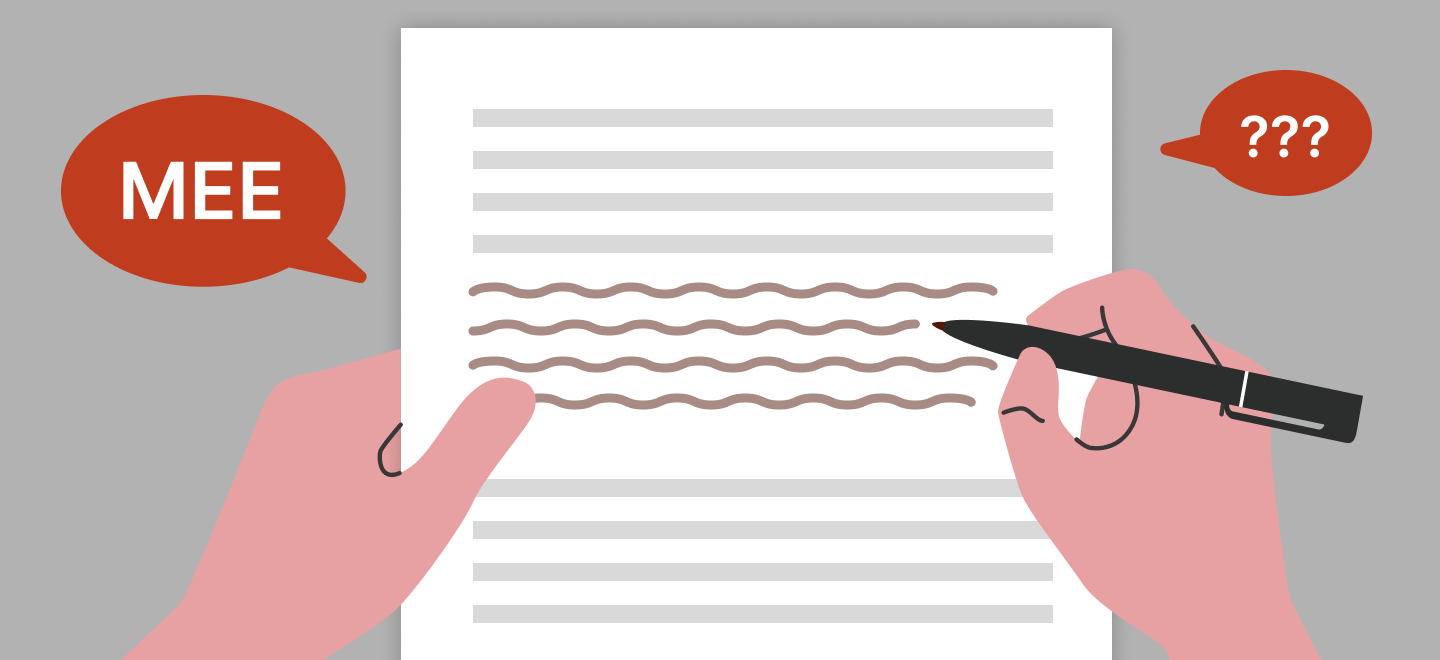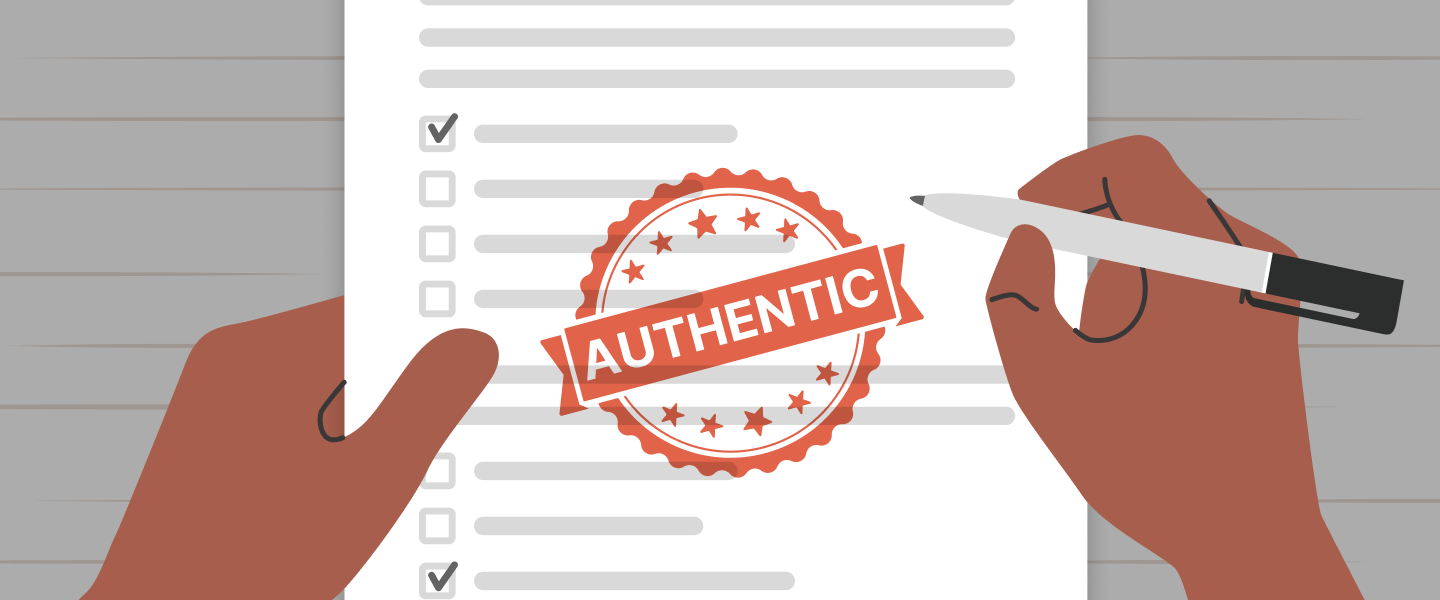Table of Contents
- Intro to the Multistate Essay Exam (MEE)
- MEE Subjects
- MEE Scores
- MEE Test Dates
Preparing for the MEE
Bar Exam Success
What is the Multistate Essay Exam? The Ultimate Guide to the MEE

Intro to the Multistate Essay Exam (MEE)
Every bar exam in the United States contains an essay component. Approximately 15 jurisdictions create their own essay section. The more than 30 jurisdictions administering the Uniform Bar Exam (UBE), along with a handful of other jurisdictions, administer the Multistate Essay Examination (MEE). The National Conference of Bar Examiners (NCBE) created the MEE in 1988.
(1) spot a hypothetical factual situation’s pertinent legal issues;
(2) distinguish between relevant and irrelevant material;
(3) clearly, concisely, and logically analyze the applicable legal issues in writing; and
(4) provide a reasonable solution to the issues at hand via application of fundamental legal principles.
The MEE consists of six 30-minute questions. The MEE is the component of the bar exam that most closely mirrors standard law-school exams. Examiners are looking for clear and concise, but complete, answers. Examinees’ conclusions are not as important as the demonstration of their ability to reason and analyze.
If you are taking the bar exam in a jurisdiction that does not utilize the MEE, that jurisdiction’s bar-exam essay section will likely be very similar in structure to the MEE. Check out Quimbee’s state-specific pages to learn more about your jurisdiction’s bar-exam essay section.
MEE Subjects
There are 12 subject areas tested on the MEE:
- business associations
- civil procedure
- conflict of laws
- constitutional law
- contracts and sales
- criminal law and procedure
- evidence
- family law
- real property
- torts
- trusts and estates
- Article 9 (secured transactions) of the Uniform Commercial Code
The NCBE offers an in-depth outline of the topics the MEE covers. Keep in mind that MEE questions may test more than one area of law.
Preparing for the MEE
Among all components of the bar exam, the MEE—and bar-exam essay sections in general—typically causes students the most stress. A common nightmare among examinees is staring at a blank screen and not knowing what to write as the timer slowly counts down. Unlike the Multistate Bar Examination (MBE), the MEE requires examinees to demonstrate an ability to effectively communicate legal principles in writing.
But there’s no reason you should be particularly frightened by the MEE. If law school has prepared you for anything, it’s this. You’ve undoubtedly taken a number of exams in law school testing the exact skills required for the MEE.
So, our advice for preparing for the MEE is actually quite similar to what we said about preparing for the MBE:
The best way to pass the MEE is to study and practice.
The MEE tests a breadth of legal topics; the bulk of your preparation time should be spent simply learning the law. To succeed on the MEE, you need to be able to recite dozens of rules from memory. You can only master this ability through hours of consistent study.
Additionally, completing practice MEE questions will help you get comfortable with the exam’s format. As with law-school essay exams, you’ll want to utilize either the Conclusion-Rule-Explanation-Application-Conclusion (CREAC) or Issue-Rule-Application-Conclusion (IRAC) format to organize your answer. The more practice you have with bar-exam essay questions, the more natural you’ll feel with properly structuring your answer.
The NCBE provides free MEE questions and analyses from previous administrations of the exam. Previously used MEE questions are also included in Quimbee Bar Review. Utilizing these resources can be incredibly helpful in understanding what bar examiners are looking for in an essay answer.
Quimbee’s Bar Review Course
If you’re taking the bar exam in a UBE jurisdiction, Quimbee Bar Review is your best option for preparing for the MEE. With Quimbee’s bar-prep course, you’ll get licensed MEE questions and model answers from past bar exams. We’ll give you dozens of practice essays, several of which will be graded by lawyers. And you’ll get personalized feedback, so you’ll know exactly what you need to improve on to crush the MEE.
MEE Scores
The MEE counts for 30 percent of an examinee’s UBE score. This weight may vary in jurisdictions that use the MEE but don’t administer the UBE.
MEE Test Dates
The MEE is administered by participating jurisdictions on the Tuesday before the last Wednesday in February and July of each year.







